If we wanted to summarize inbound marketing in four words, these would be it.
Attract, convert, close, delight.
But what exactly is inbound marketing? And how does it work?
What is inbound marketing?
Let's start with the definition . And we use the one coined in 2005 by HubSpot , a US company that produces marketing software, which used this term for the first time in reference to this strategy:
“Inbound marketing is a business methodology that aims to attract customers by creating valuable content and experiences tailored to them. While outbound marketing interrupts your audience with content they don't always want, inbound marketing creates connections by trying to solve problems consumers already have.”
Inbound marketing is essentially a holistic strategy, used to engage, attract and convert visitors, transforming them into customers through relevant and non-interrupting information and content .
The inbound marketing model is based on the objective of growing the company's business by building relevant and long-term relationships with consumers, prospects and customers, through the proposition of useful and quality content created specifically for the different needs of each of the types of users who come into contact with brands.
So, the heart of the inbound marketing strategy is content .
Having valuable content is therefore essential (find out more about how to create valuable content here ).
Thanks to valuable content, you can then develop the strategy - which consists of attracting an unknown user, transforming him into a customer and then into a promoter of your brand - based on 4 phases (or actions) of inbound marketing.
What are the actions of inbound marketing?
The four actions to take if you want to transform, in order, strangers into visitors, then into contacts, into customers and finally into promoters (or fans) are: attract, convert, close and delight.
*In Internet marketing it is often used to represent a hypothetical multi-stage purchasing process as a funnel. This is because, obviously, it is not possible for 100% of our potential audience to go through each of the phases, until they become our customers and promoters (which gradually becomes narrower from wide). And even for inbound marketing we talk about funnels for exactly the same reason.
Let's look at the 4 phases of inbound marketing specifically:
1. Attract.
The first phase of the marketing funnel consists in attracting users unrelated to the brand towards the first contact, transforming them into visitors .
The attraction process is determined by the creation of content specifically designed for the needs and interests of the target market, distributed in the right place and at the right time, i.e. when a potential customer elaborates specific requests and expresses specific needs through social media or search engines. research.
2. Convert.
The second phase of the inbound marketing funnel consists of converting visitors into qualified leads, acquiring at least one contact information : email, number, insights into browsing behavior, etc.
Once the user has become a visitor to the site or any other web platform of a brand or company, the conversion objective must then be pursued by transforming the user into a lead by obtaining specific information, i.e. personal data, personal details , insights into browsing behavior .
Even in this stage, content plays a leading role because only through the offering of pertinent and relevant content - the right information, at the right time, to the right user - is it possible to encourage the conversion process.
3. Close.
The third phase of the funnel aims to close an economic transaction, transforming a lead into a customer .
This is where the transformation of the lead into an acquired customer takes place.
That is, once the conversion has occurred, brands must activate a process aimed at creating a solid relationship based on trust and authority.
For this reason, in this phase it is essential that brands have an overview of all the most effective relational tools - from marketing automation and lead nurturing solutions to Social Media monitoring tools - so as to always ensure the acquired lead relevance-based relationship.
The fourth and final phase of the marketing funnel aims to delight existing customers, trying to transform them into natural fans and promoters of the brand .
4. Delight.
In this phase, therefore, we must try not to forget the customers and continue to offer them value even after the sale: in this way they can make other conversions and become promoters of the company.
Inbound marketing therefore works because it presents itself as an alternative to the older outbound marketing (or outbound marketing), differentiating itself from the latter in that the promotion of the brand does not consist of an "interruption" of users' normal use of the web , but creates contacts in a natural way, making people find the brand (its products and services) when people and companies really need them .
Are you wondering how to implement an inbound marketing strategy suitable for your company?
If you are looking for someone who can create your Inbound Marketing strategy and help you achieve your goals, contact us.
Gilbi.co is at your disposal. Ask one of our consultants for help!




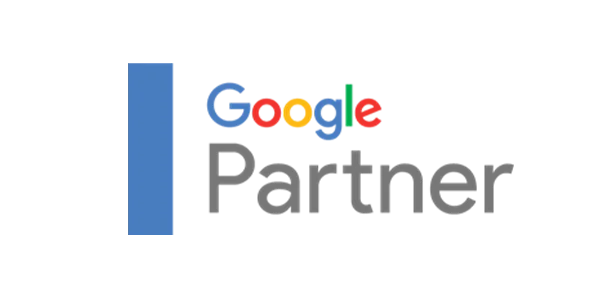
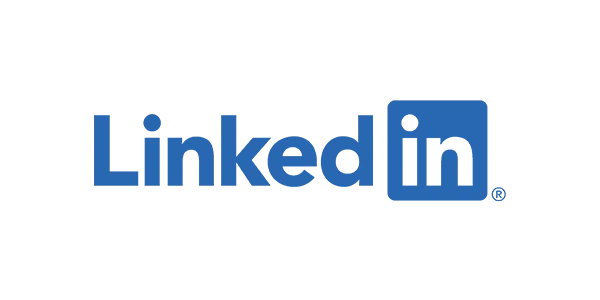

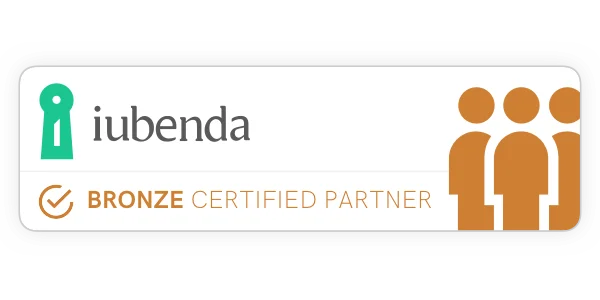
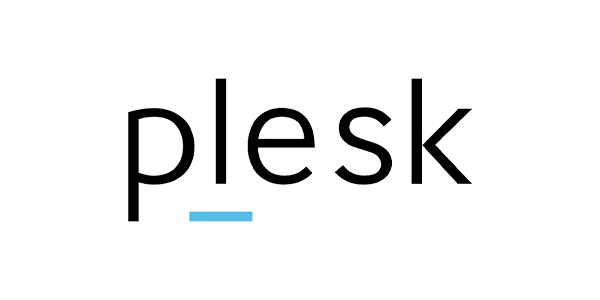

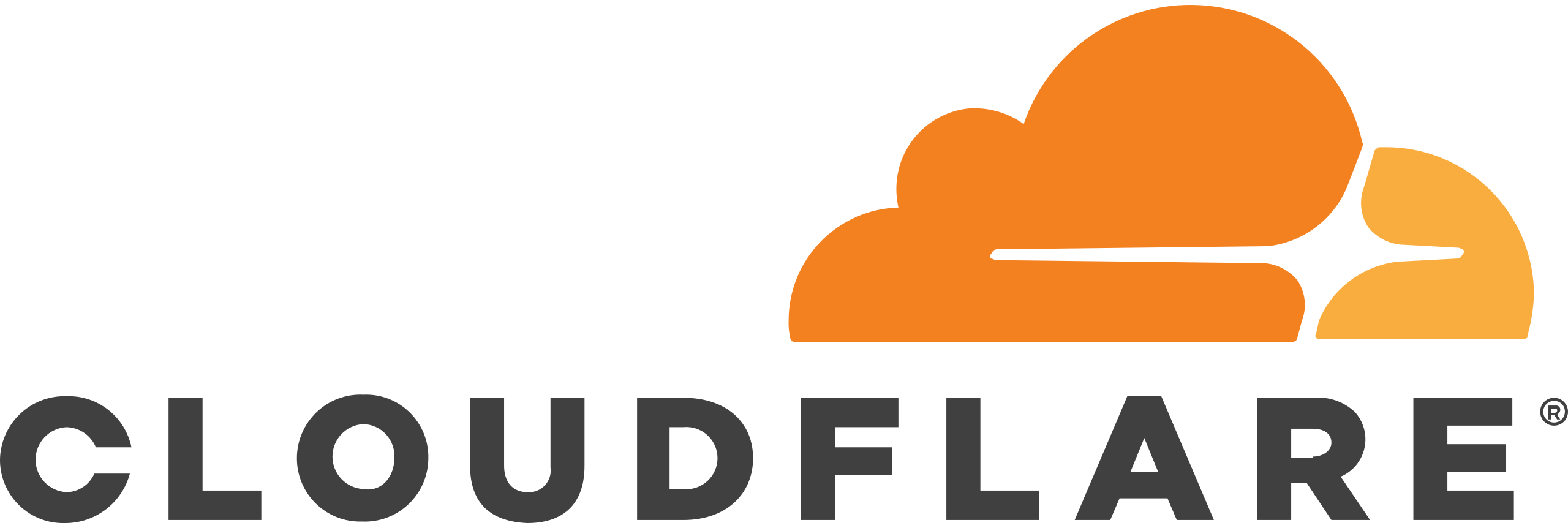
Leave a comment
All comments are moderated before being published.
This site is protected by hCaptcha and the hCaptcha Privacy Policy and Terms of Service apply.